Ceramic Tile Classification Based on Production Type
Ceramic tiles have long been a favoured choice for floor and wall applications, offering both aesthetic appeal and functionality. Given Australia’s stringent quality standards, understanding the production methods and types is essential for both industry professionals and consumers.
Ceramic Tile Manufacturing Methods
Pressing:
In pressing, ceramic tiles are manufactured by pressing clay dust at high pressures. This results in a dense tile, uniform in thickness and size. The pressing method delivers consistent quality and is mainly employed for producing large volumes of tiles with similar specifications.
Extrusion:
Extrusion involves pushing a continuous clay column through a mould, then cutting it into appropriate lengths. This method creates a unique texture and allows for more intricate shapes and designs. It’s particularly suitable for producing tiles with distinct profiles, such as those used for specific architectural purposes.
Ceramic Tile Production Types
- Single-Fired (Monocottura)
- Double-Fired (Bicottura)
- Majolica (Maiolica)
- Earthenware (Faience)
- Monoporosa
- Terracotta (Cotto)
- Cottoforte
- Clinker
- Porcelain Stoneware (Keramogranit)
1. Single-Fired (Monocottura)

Single-fired tiles are produced by firing raw materials only once. This process ensures a dense and resistant surface, making the tiles particularly suitable for flooring. Due to the high firing temperatures, these tiles achieve an enhanced mechanical strength and a reduced porosity level. The production is more energy-efficient since it requires a single firing, translating into environmental benefits and cost reductions. Furthermore, the process facilitates vibrant color incorporations and intricate patterns, enhancing the aesthetic appeal of the tiles.
2. Double-Fired (Bicottura)

Double-fired tiles undergo two separate firing processes. Initially, the tile’s body is fired, followed by a second firing after the glaze application. This method provides an extensive palette for decorative elements and a broader range of color variations. However, while they offer superior aesthetic versatility, double-fired tiles tend to be less durable than their single-fired counterparts. They are primarily preferred for wall applications where mechanical resistance is less of a concern.
3. Majolica (Maiolica)
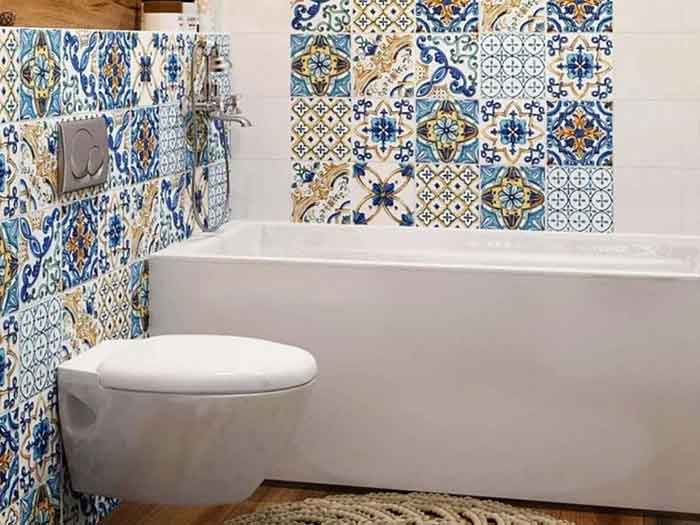
Majolica tiles have a historical significance dating back to Renaissance Italy. The production process involves applying a tin-glaze over a fired tile, which is then decorated with metallic colors before undergoing a second firing. The resultant tile is characterized by its distinctive glossy finish and vibrant artistic designs, making Majolica tiles perfect for ornamental applications.
4. Earthenware (Faience)

Earthenware tiles, often termed Faience, exhibit a more porous body with a glazed finish. The raw materials, predominantly clay, undergo a lower firing temperature than other tile types. The resultant tiles are less dense, making them more suitable for decorative and indoor wall applications. Their rich history and aesthetic appeal make them popular for capturing vintage or traditional settings.
5. Monoporosa
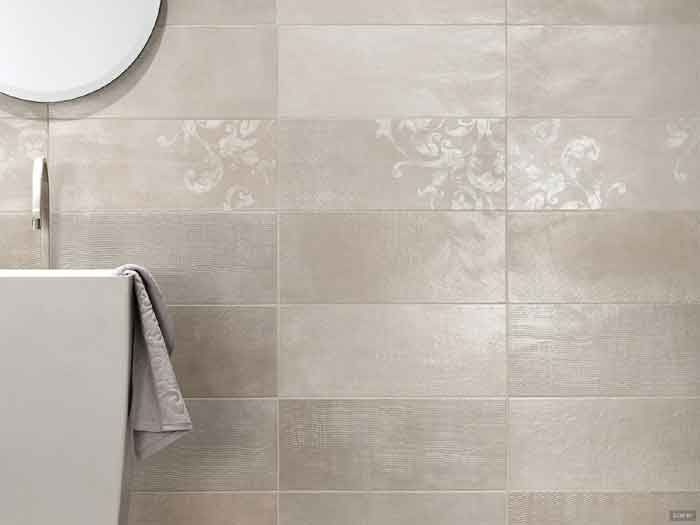
Monoporosa tiles are single-fired wall tiles with a slightly porous structure. Crafted mainly for wall applications, these tiles provide a consistent appearance, ensuring a visually seamless finish when used in continuous sections. Their ability to absorb moisture, combined with their aesthetic charm, makes them a common choice for interior settings, such as bathrooms.
6. Terracotta (Cotto)

Terracotta tiles, often called Cotto, are made from unglazed red clay. They showcase a rustic and earthy appearance with their warm, reddish-brown hues. Favored for their natural look, they are traditionally used in settings that wish to capture an old-world charm, such as patios or vintage-themed interiors.
7. Cottoforte

A refined variation of the traditional terracotta, Cottoforte tiles offer enhanced durability and reduced porosity. Their production process involves firing the clay at higher temperatures, ensuring a denser and more resistant tile. Suitable for both indoor and outdoor tiling applications, Cottoforte tiles combine the aesthetic of terracotta with enhanced functional benefits.
8. Clinker
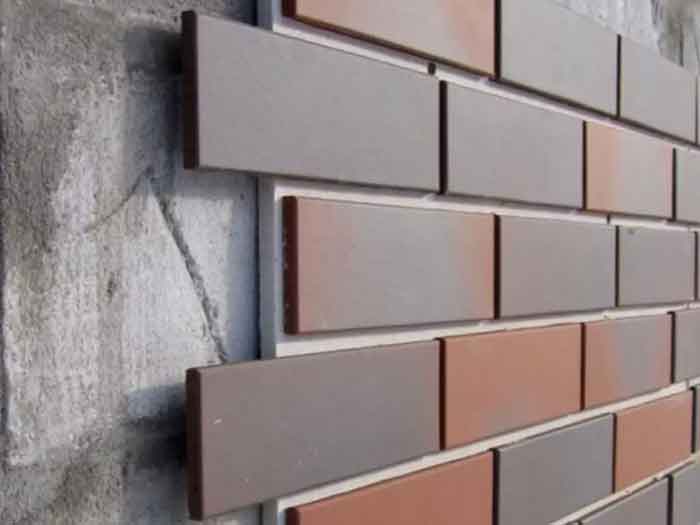
Clinker tiles are renowned for their exceptional durability, achieved by firing at extremely high temperatures. The tiles boast minimal water absorption rates, making them resistant to freeze-thaw cycles. This resilience to environmental stresses positions Clinker tiles as the go-to choice for external applications, be it pathways, patios, or exterior building facades.
9. Porcelain Stoneware
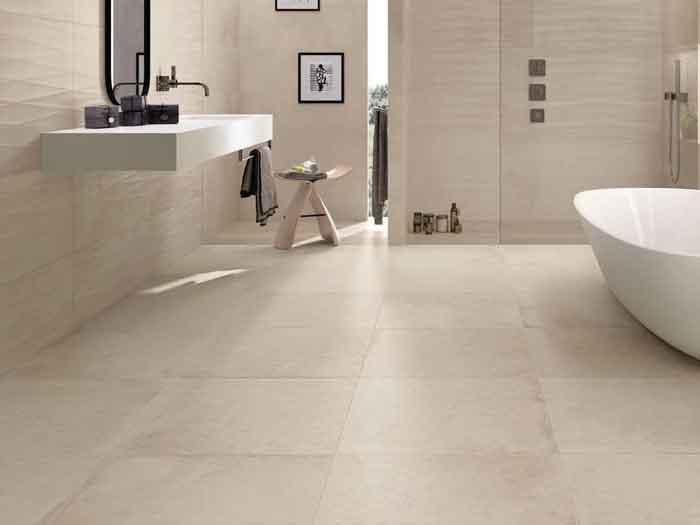
Porcelain Stoneware tiles are celebrated for their robust nature. Produced using refined clay and fired at high temperatures, they are dense, impermeable, and resistant to wear and stains. Their adaptability extends across indoor and outdoor applications, fulfilling both functional and decorative needs in commercial and residential settings.
Ceramic Tile Applications
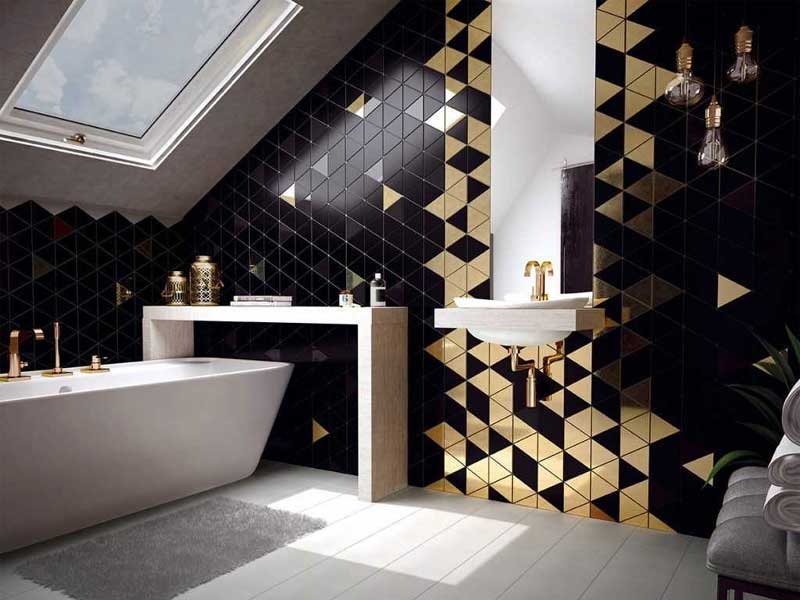
Ceramic tiles are immensely versatile, meeting a broad spectrum of needs in both residential and commercial settings in Australia. Floor tiles, particularly those made from porcelain stoneware and monocottura, are favoured for their durability, often installed in high traffic areas like shopping centres and offices. Wall tiles, such as monoporosa and bicottura, accentuate interiors with their visual appeal, often spotted in kitchens, bathrooms, and feature walls. Moreover, clinker and cotto tiles, with their distinct textures, are prominent in outdoor settings, adorning patios, walkways, and facades. As sustainability gains traction, ceramic tiles are also praised for their eco-friendliness, being made from natural materials and having a long lifespan.
Ceramic tiles, with their diverse production methods and types, cater to a wide array of architectural and decorative needs. Whether one seeks a rustic charm, a sleek modern look, or a tile that stands the test of time, the comprehensive production spectrum ensures that there’s a perfect tile for every purpose, especially under Australia’s meticulous quality standards. It underscores the significance of understanding the intricacies of tile production, helping in making informed choices for various applications.


